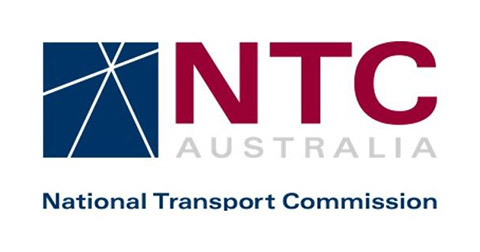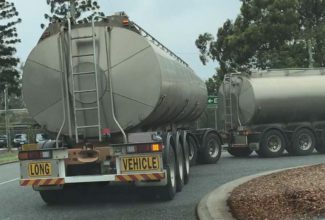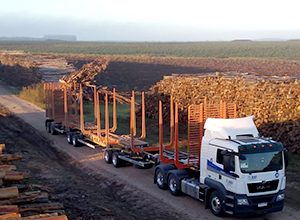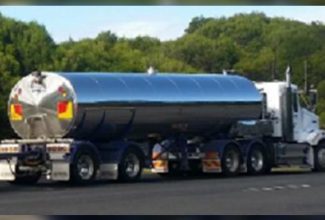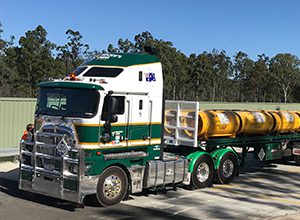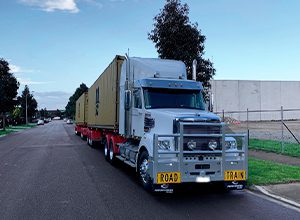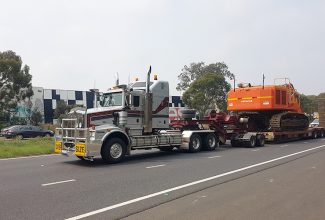Mass limit review for three-axle buses
Three-axle buses have recently been approved for operation at increased axle mass limits following a decision made in November 2018 by Transport Ministers. The announcement came following the National Transport Commission’s (NTC) three-axle bus mass limits review, which included research completed by Advantia into the pavement wear effects.
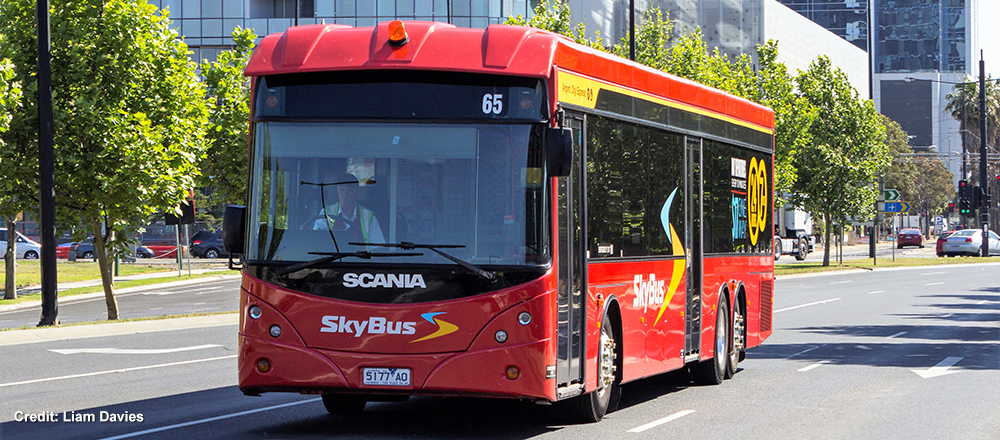
The decision will allow the gross limits of three-axle buses to increase from 20 tonnes to 22 tonnes, bringing Australia in line with international trends.
The National Transport Commission’s Acting Chief Executive, Dr Geoff Allan, gave two main reasons that there is a need for an increase in the gross mass allowances for three-axle buses.
Firstly, recent regulatory requirements around fitting specific equipment to provide improved passenger mobility, safety, and environmental impacts have the effect of increasing the base mass of the vehicle. These were never considered when originally setting the mass limits.
Furthermore, when setting passenger limits, the number of passengers a bus can carry is based on an average weight for each passenger, which has not changed for some time. However, it has been found that the average weight of an Australian has now increased over time, while the number of passengers allowed on the buses have stayed the same.
As such, the combination of heavier buses and heavier people meant that the regulations were no longer aligned with the everyday use of the buses, particularly at peak hours.
To assist with changing the mass limits, Advantia was engaged to determine the marginal pavement wear effects of increasing the maximum axle loads on three-axle buses. To perform this assessment, Advantia compared the pavement wear effects of various scenarios. The assessment focused on determining the effects of four parameters on pavement wear:
- Gross Vehicle Mass (GVM)
- the mass split between the steer axle and the tandem group
- the mass split between the two axles within the tandem group
- tag/pusher axle tyre width.
In addition, Advantia compared the pavement wear effect of three-axle buses against currently operating two-axle bus configurations.
Advantia determined that three-axle buses produced lower pavement wear per tonne of GVM than two-axle buses. In addition, it was found that increasing the allowable GVM of a three-axle bus up to 22 tonnes would not cause more pavement wear than currently-operating two-axle buses.
The increase in mass limits will take effect once the Heavy Vehicle (Mass, Dimension and Loading) National Regulation is amended, which is expected to be this 2019.
The NTC project documents, including the NTC Discussion Paper and NTC Regulation Impact Statement, can be found here.
In an earlier related project for VicRoads, Advantia advised on a mass increase for two-axle buses, from 16 to 18 tonnes, which took effect in 2012.For this research and other information on Advantia’s past success stories, click here.
If you’d like to discuss this or any queries please Contact Advantia.
